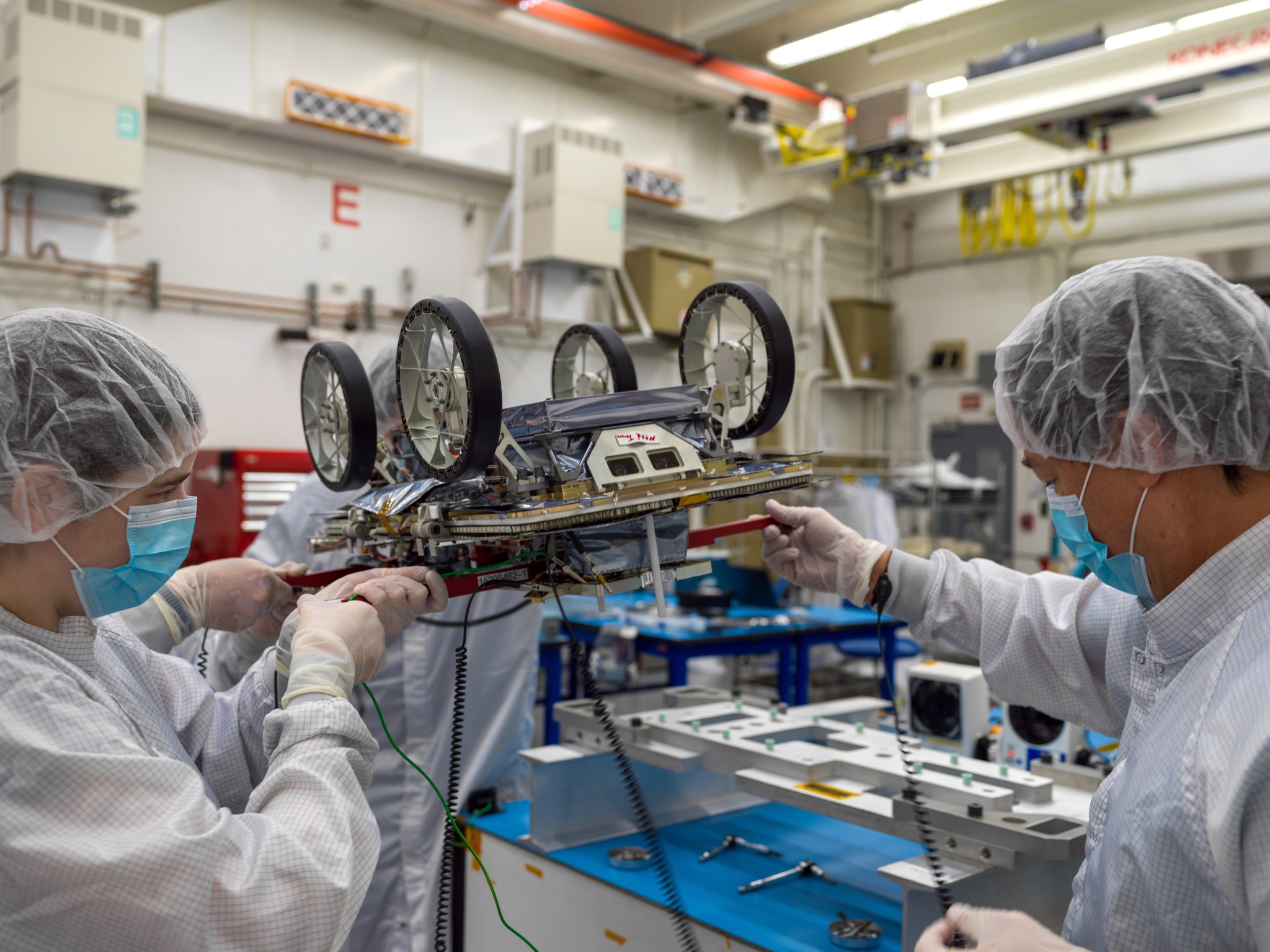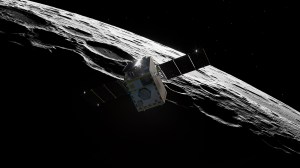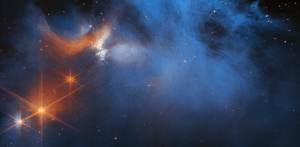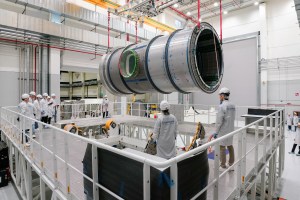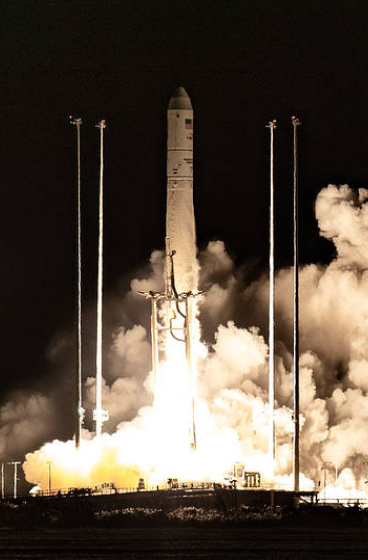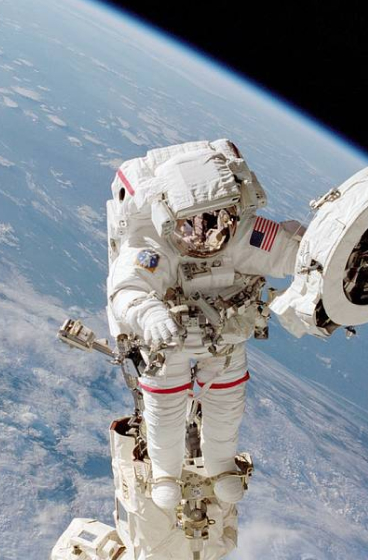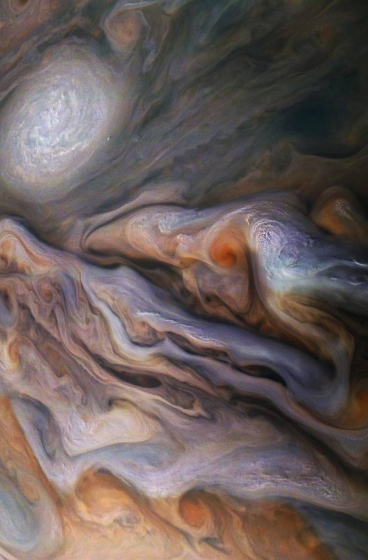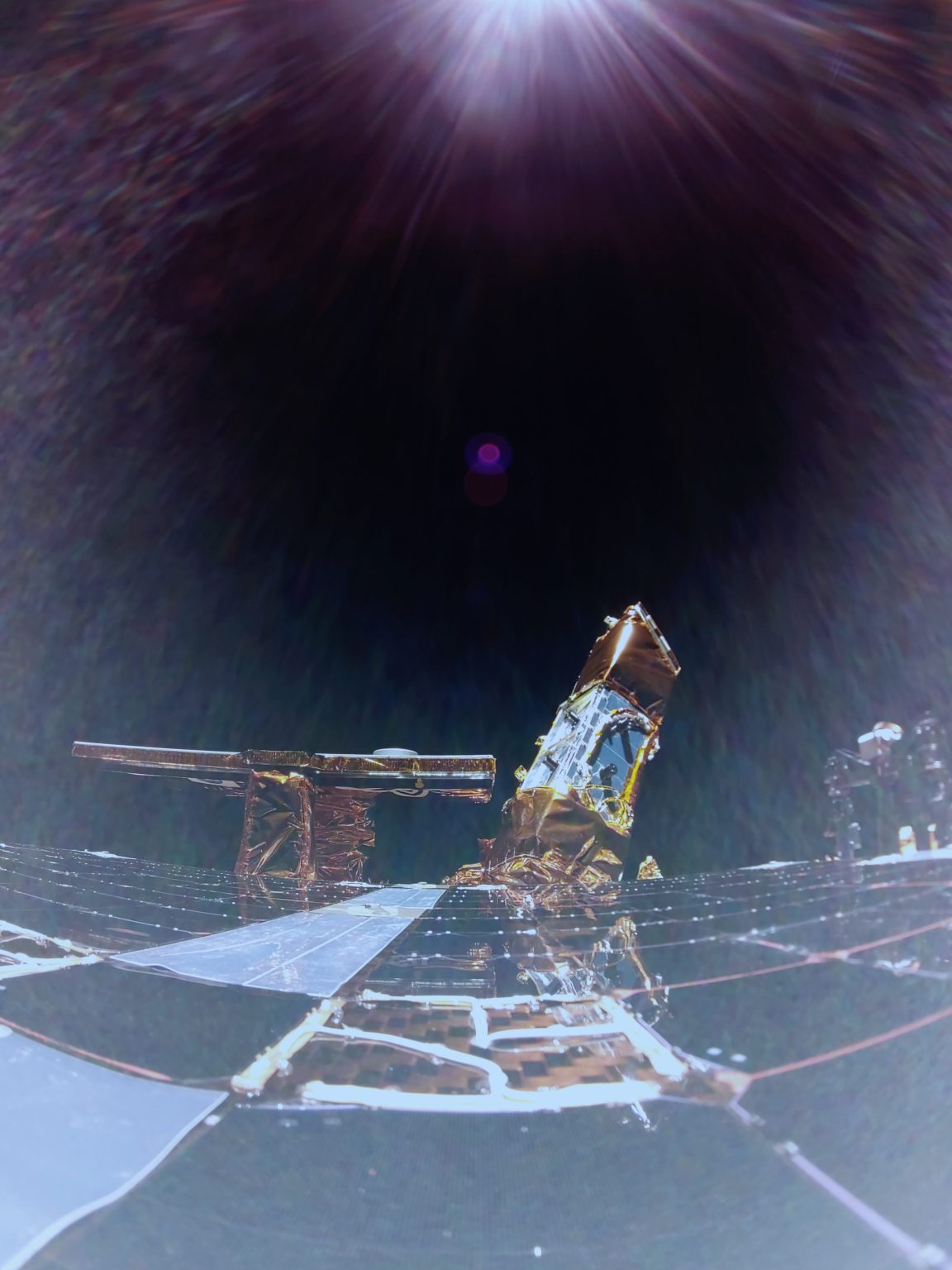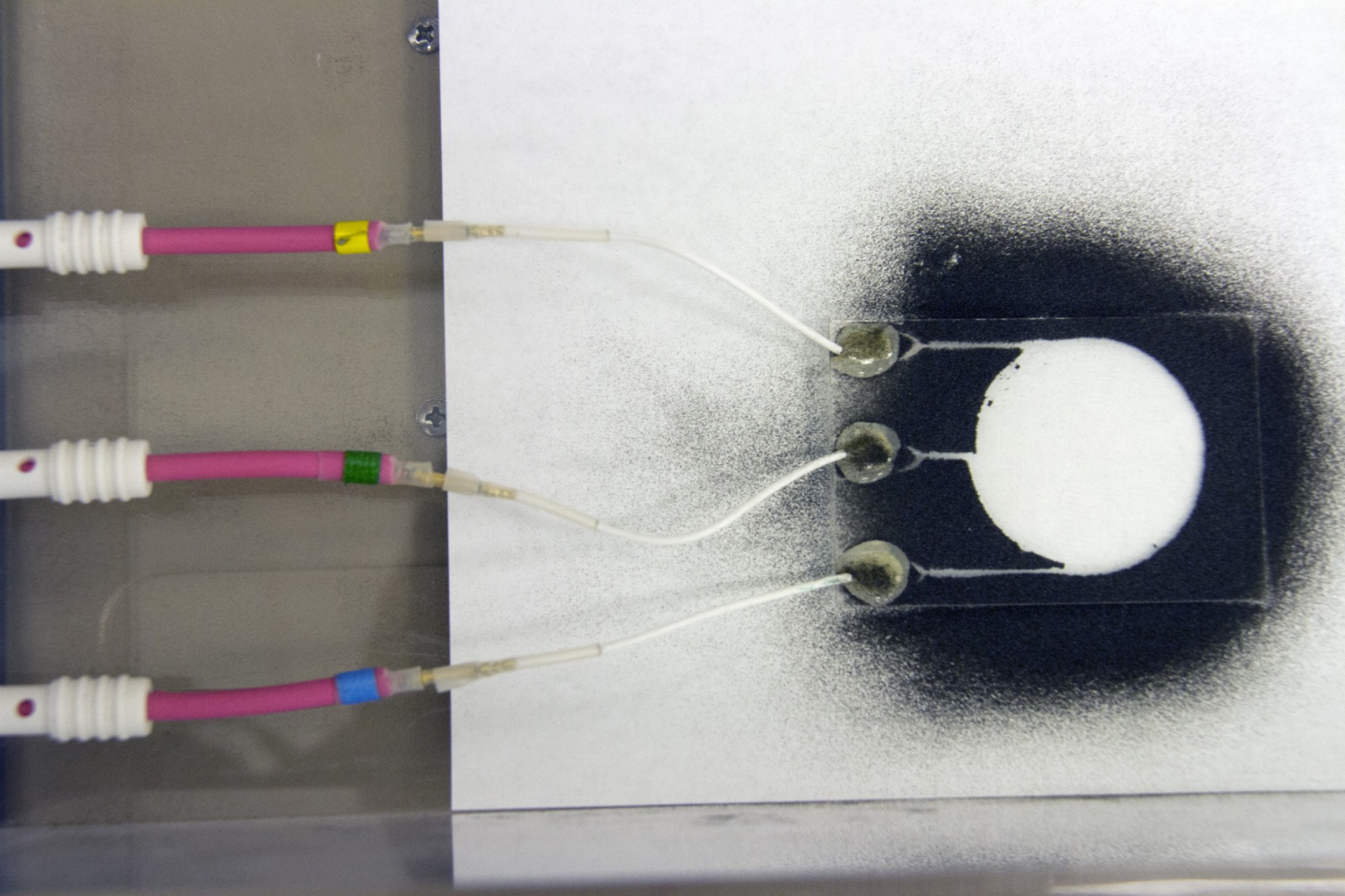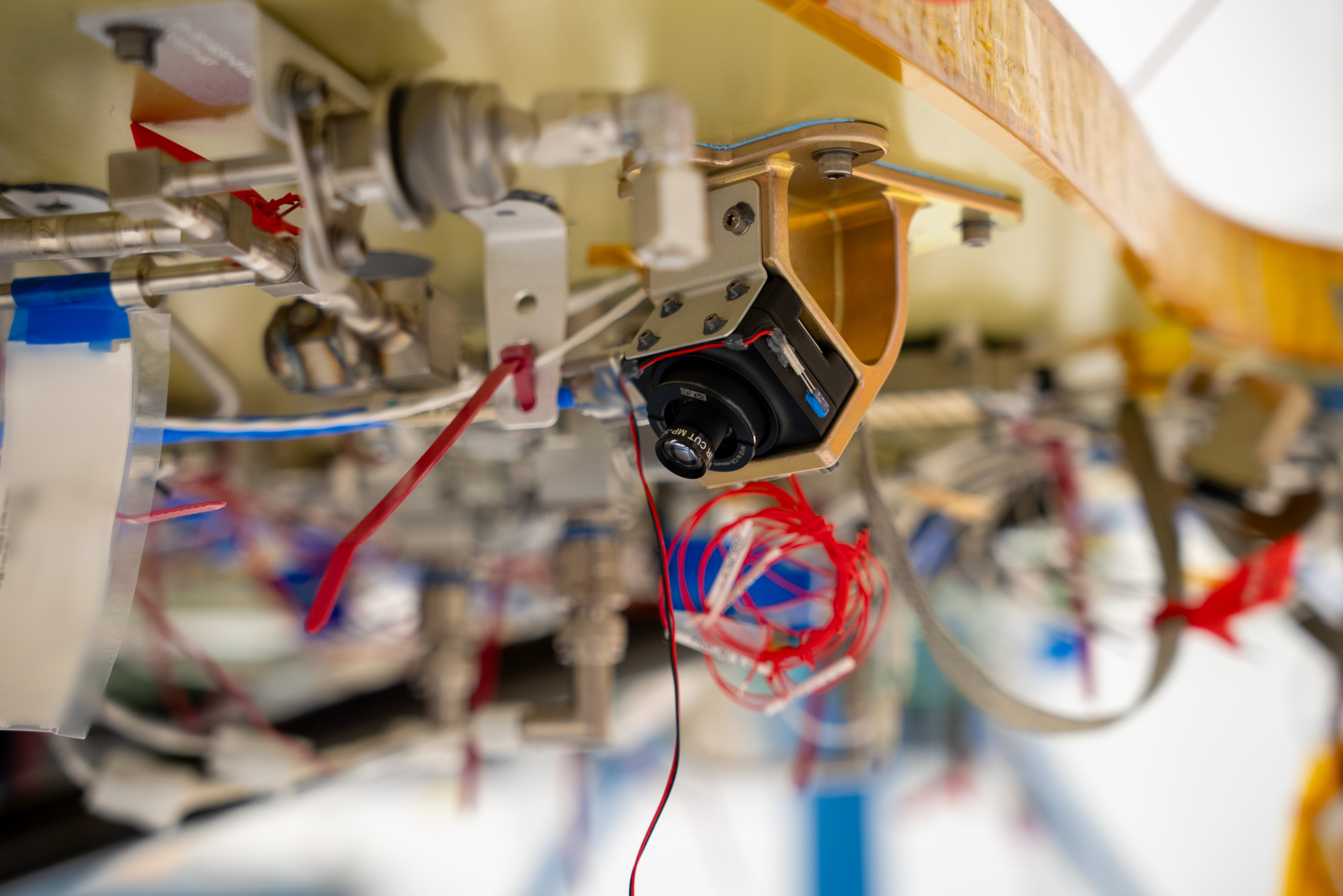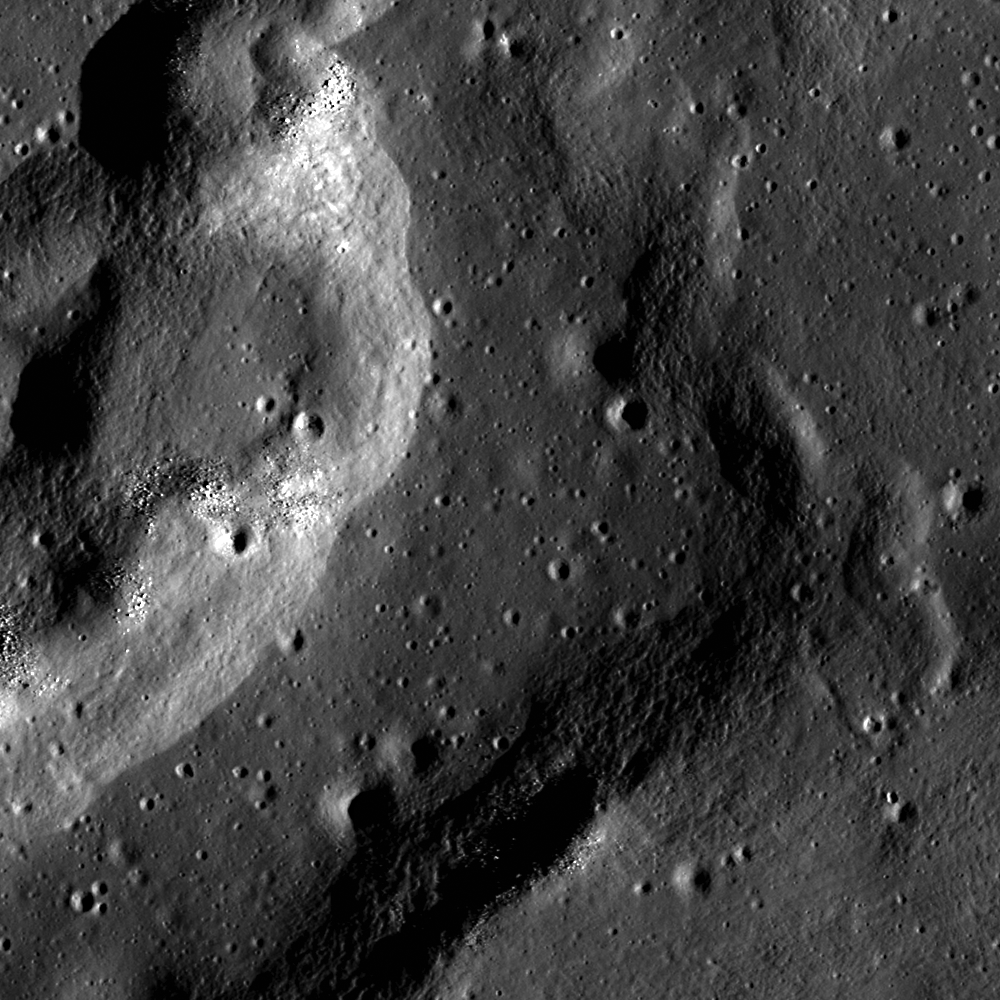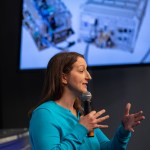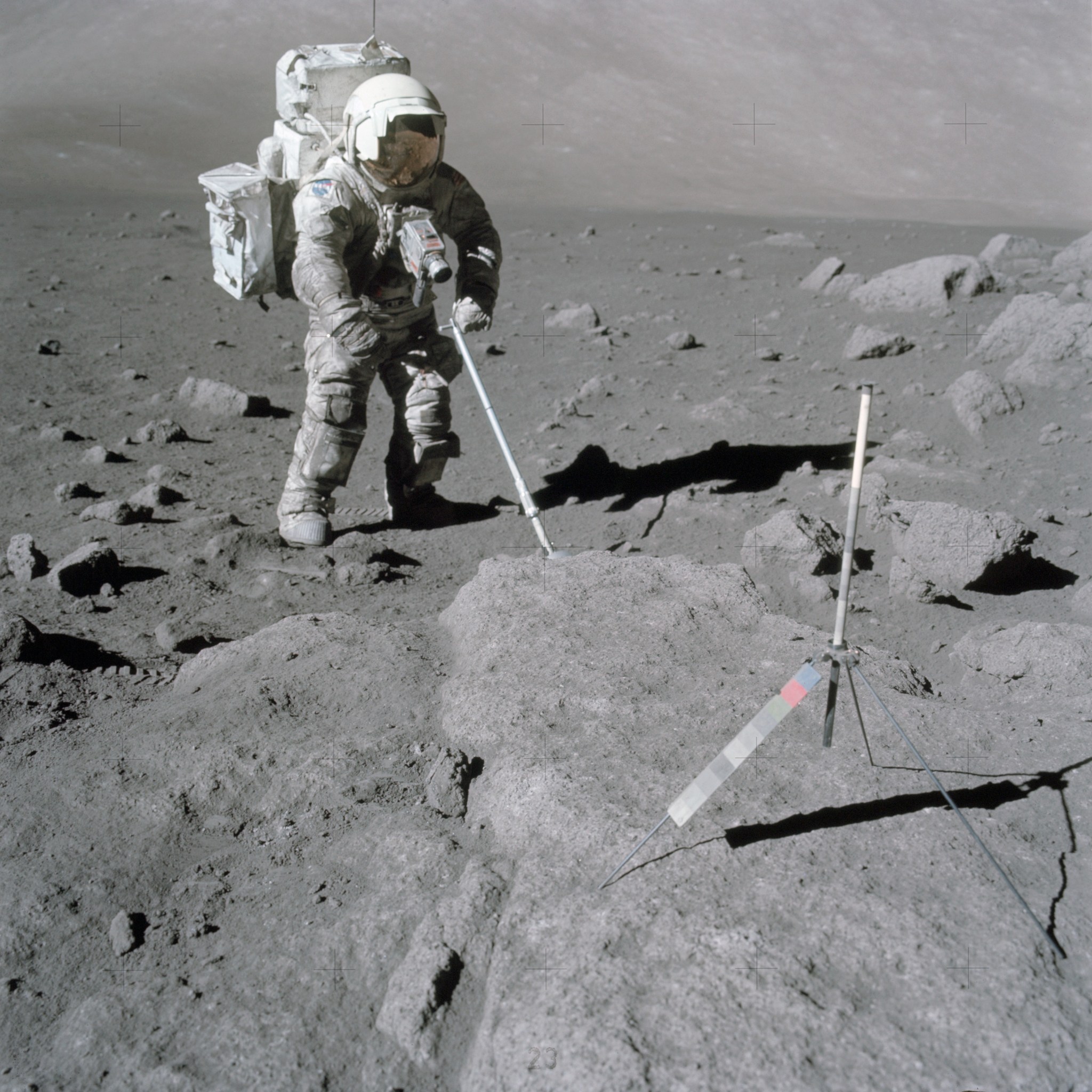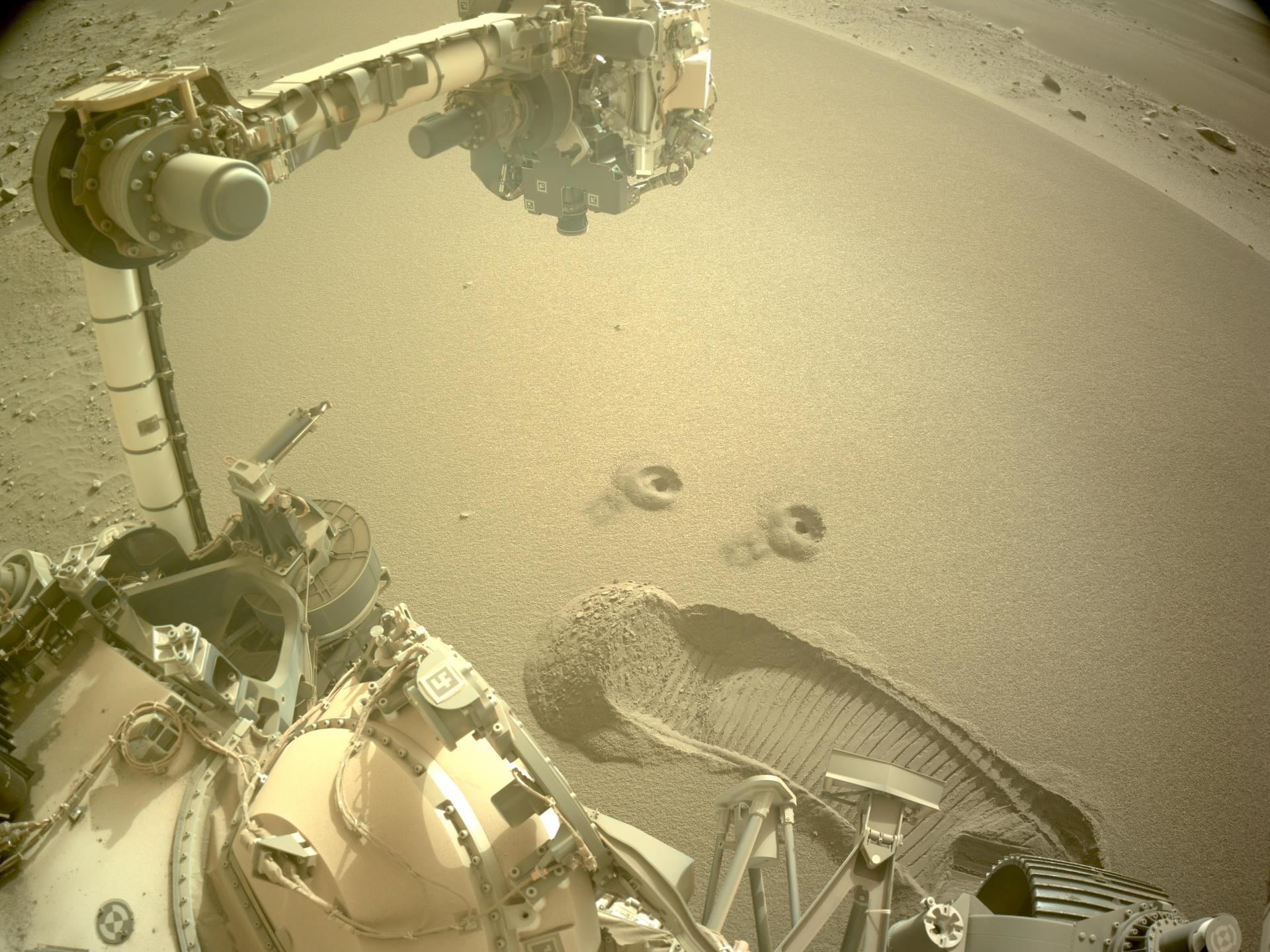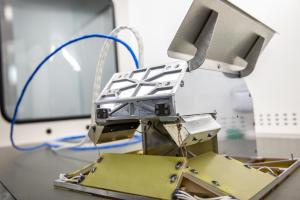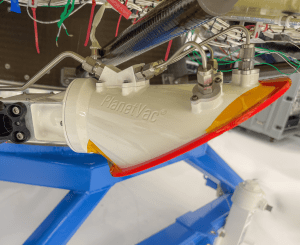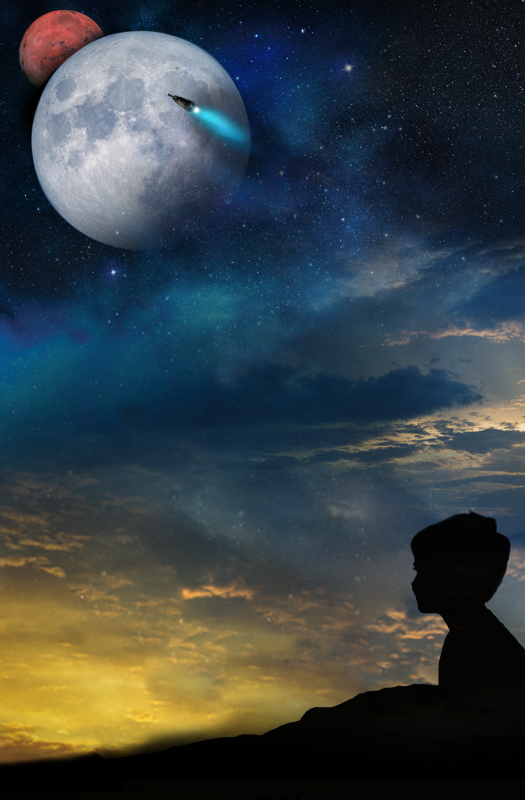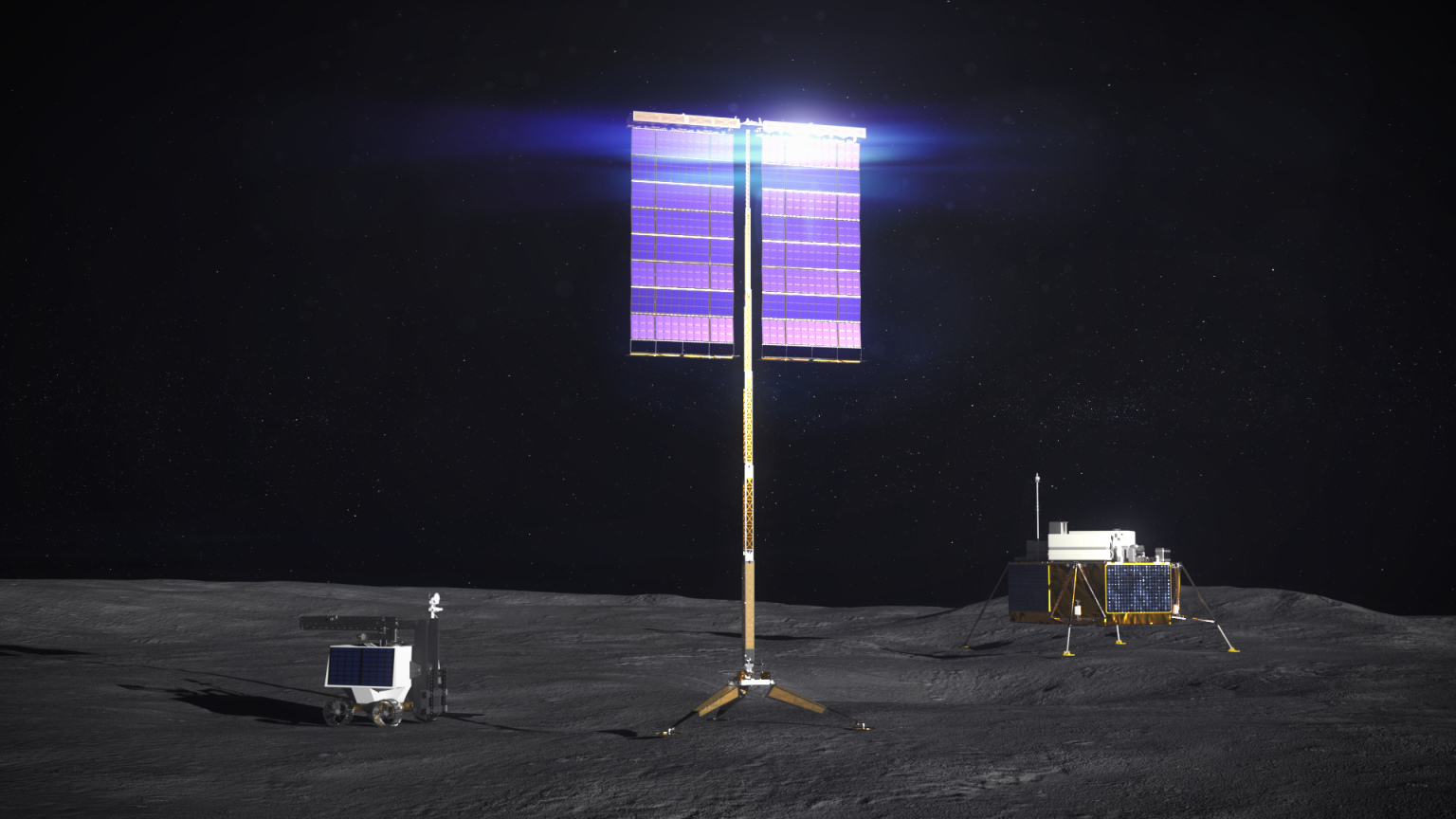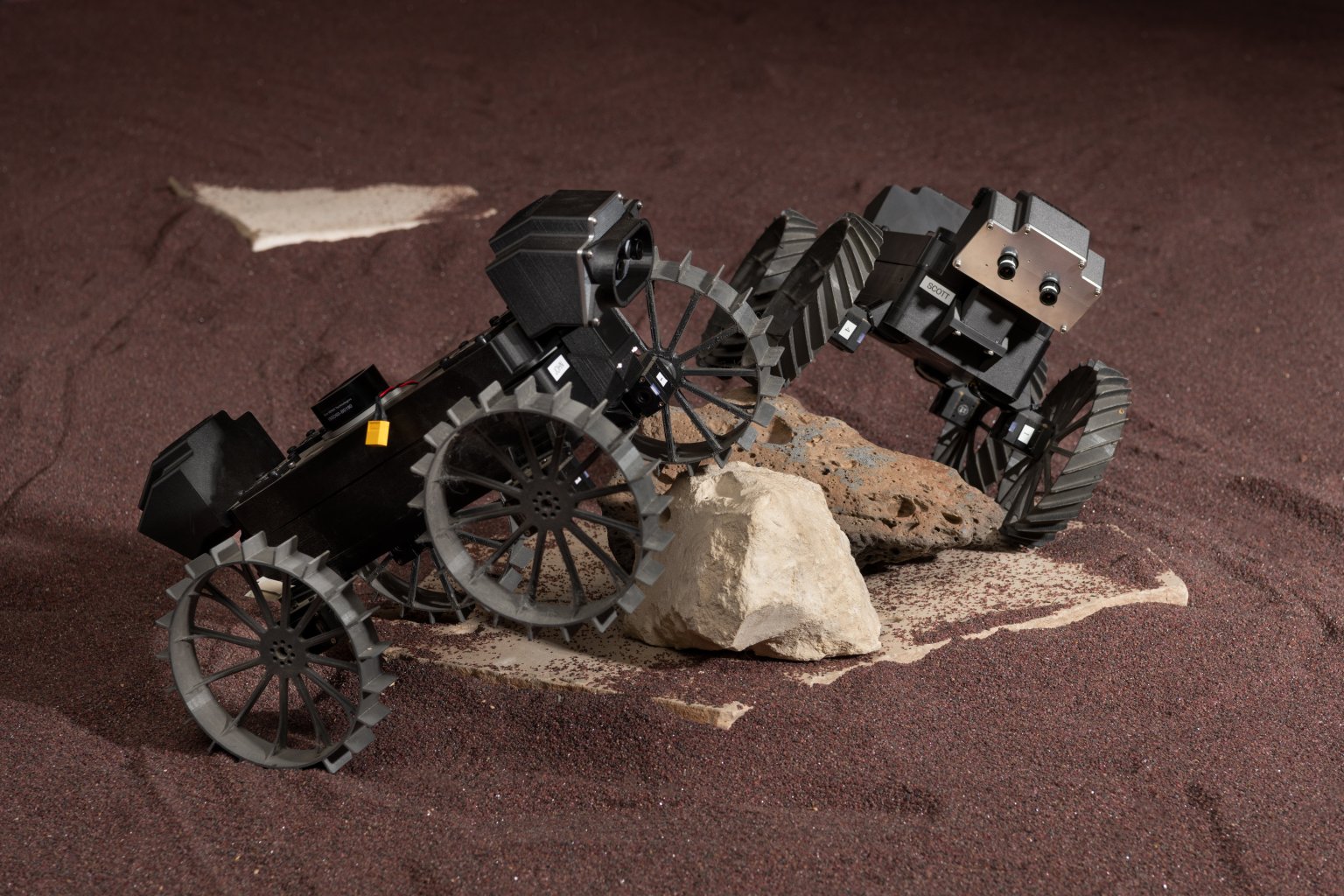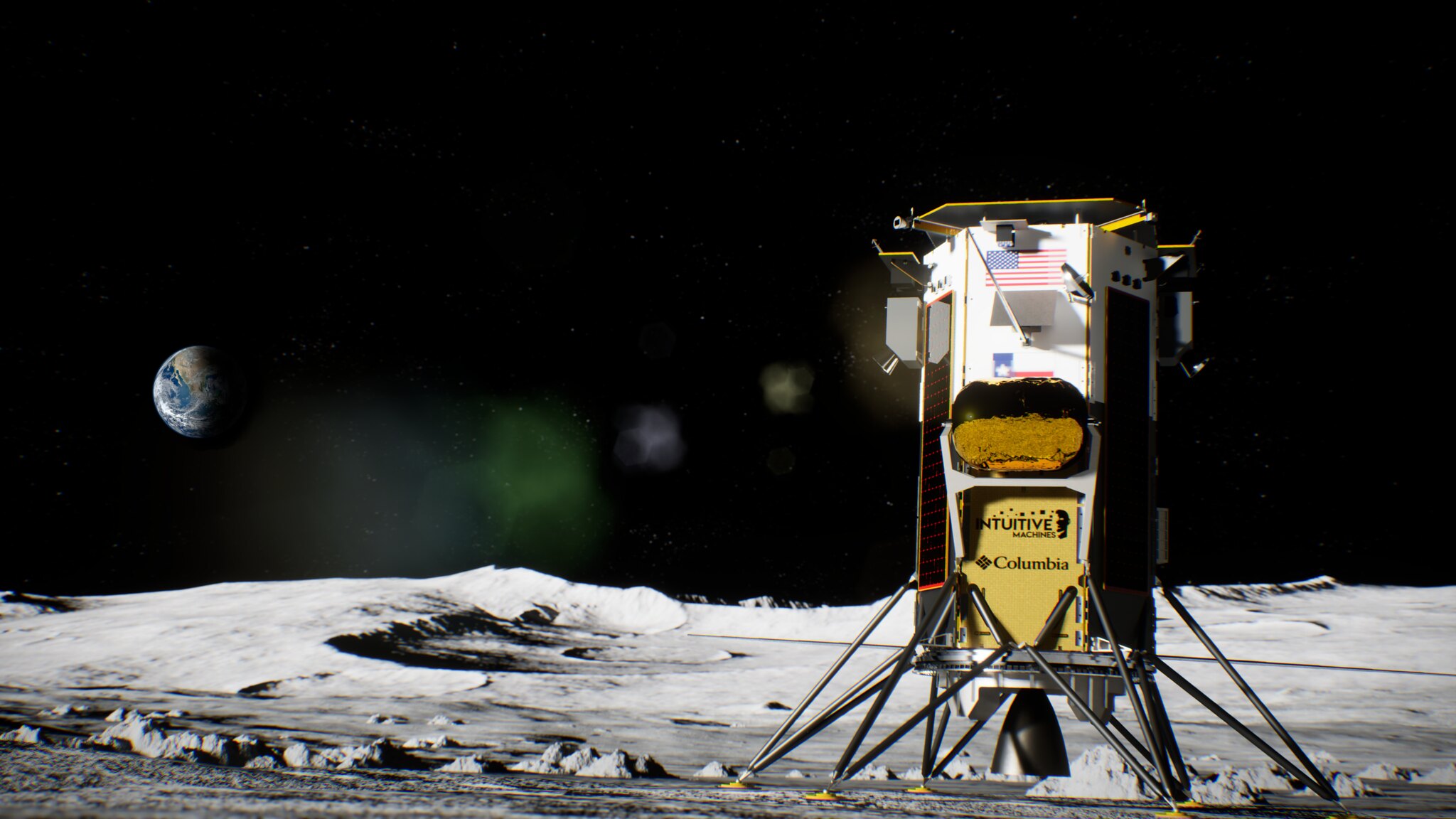NASA’s Mini Rover Team Is Packed for Lunar Journey
4 min read
Preparations for Next Moonwalk Simulations Underway (and Underwater)
A trio of suitcase-size rovers and their base station have been carefully wrapped up and shipped off to join the lander that will deliver them to the Moon’s surface.
Three small NASA rovers that will explore the lunar surface as a team have been packed up and shipped from the agency’s Jet Propulsion Laboratory in Southern California, marking completion of the first leg of the robots’ journey to the Moon.
The rovers are part of a technology demonstration called CADRE (Cooperative Autonomous Distributed Robotic Exploration), which aims to show that a group of robots can collaborate to gather data without receiving direct commands from mission controllers on Earth. They’ll use their cameras and ground-penetrating radars to send back imagery of the lunar surface and subsurface while testing out the novel software that enables them to work together autonomously.
The CADRE rovers will launch to the Moon aboard IM-3, Intuitive Machines’ third lunar delivery, which has a mission window that extends into early 2026, as part of NASA’s CLPS (Commercial Lunar Payload Services) initiative. Once installed on Intuitive Machines’ Nova-C lander, they’ll head to the Reiner Gamma region on the western edge of the Moon’s near side, where the solar-powered, suitcase-size rovers will spend the daylight hours of a lunar day (the equivalent of about 14 days on Earth) carrying out experiments. The success of CADRE could pave the way for potential future missions with teams of autonomous robots supporting astronauts and spreading out to take simultaneous, distributed scientific measurements.
Construction of the CADRE hardware — along with a battery of rigorous tests to prove readiness for the journey through space — was completed in February 2024.
To get prepared for shipment to Intuitive Machines’ Houston facility, each rover was attached to its deployer system, which will lower it via tether from the lander onto the dusty lunar surface. Engineers flipped each rover-deployer pair over and attached it to an aluminum plate for safe transit. The rovers were then sealed in protective metal-frame enclosures that were fitted snuggly into metal shipping containers and loaded onto a truck. The hardware arrived safely on Sunday, Feb. 9.
“Our small team worked incredibly hard constructing these robots and putting them to the test, and we have been eagerly waiting for the moment where we finally see them on their way,” said Coleman Richdale, the team’s assembly, test, and launch operations lead at JPL. “We are all genuinely thrilled to be taking this next step in our journey to the Moon, and we can’t wait to see the lunar surface through CADRE’s eyes.”
The rovers, the base station, and a camera system that will monitor CADRE experiments on the Moon will be integrated with the lander — as will several other NASA payloads — in preparation for the launch of the IM-3 mission.
More About CADRE
A division of Caltech in Pasadena, California, JPL manages CADRE for the Game Changing Development program within NASA’s Space Technology Mission Directorate. The technology demonstration was selected under the agency’s Lunar Surface Innovation Initiative, which was established to expedite the development of technologies for sustained presence on the lunar surface. NASA’s Science Mission Directorate manages the CLPS initiative. The agency’s Glenn Research Center in Cleveland and its Ames Research Center in Silicon Valley, California, both supported the project. Motiv Space Systems designed and built key hardware elements at the company’s Pasadena facility. Clemson University in South Carolina contributed research in support of the project.
For more about CADRE, go to:
News Media Contact
Melissa Pamer
Jet Propulsion Laboratory, Pasadena, Calif.
626-314-4928
melissa.pamer@jpl.nasa.gov
2025-018
